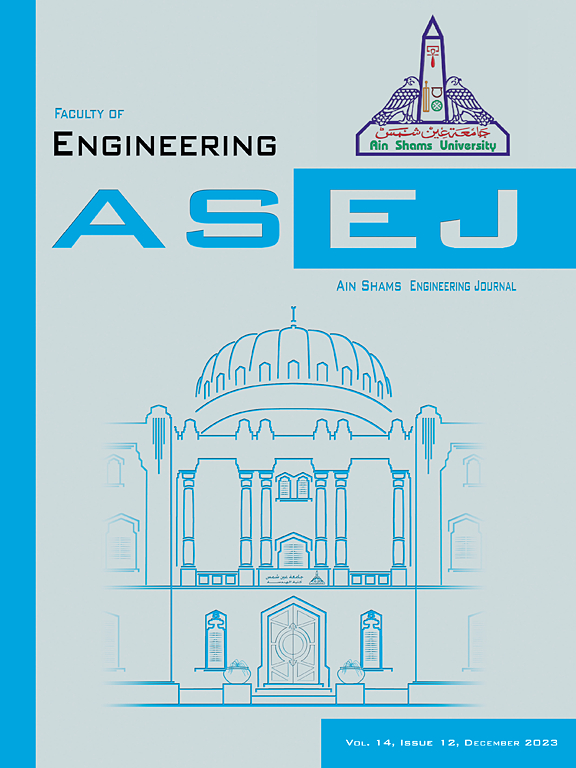Utilizing neutral GRC modeling based on resistive network for detecting geo-electrical structures and analyzing its impact on HVDC power grids
IF 6
2区 工程技术
Q1 ENGINEERING, MULTIDISCIPLINARY
引用次数: 0
Abstract
Ground return currents (GRCs) induced by monopole power grids provide insights into subsurface geoelectrical structures. However, accurately modeling GRCs is challenging due to ultralong-distance power lines with resistivity contrasts between conductors and the ground. To address this, we propose a novel calculation method using a node voltage (NV) resistance network (RN) approach, leveraging an expandable octree grid inspired by Kirchhoff’s RN (KRN). The NV method ensures conservation of current and voltage equations, preserving complete geoelectric information. By integrating a symmetric system and adaptive octree grid, the method achieves higher accuracy and computational efficiency. Numerical examples show accuracy improvement from 1 % to 0.1 %, a reduction of computation time by 80 %, and 78 % fewer elements. Validation through a bedrock investigation demonstrates inversion results consistent with independent surveys, confirming the method’s applicability.
利用基于电阻网络的中性GRC建模检测地电结构并分析其对高压直流电网的影响
由单极电网引起的地回电流(GRCs)提供了对地下地电结构的深入研究。然而,由于超长距离电力线导体和地面之间的电阻率差异,精确建模GRCs具有挑战性。为了解决这个问题,我们提出了一种新的计算方法,使用节点电压(NV)电阻网络(RN)方法,利用受Kirchhoff的RN (KRN)启发的可扩展八叉树网格。NV法保证了电流和电压方程的守恒,保留了完整的地电信息。通过将对称系统与自适应八叉树网格相结合,提高了算法的精度和计算效率。数值算例表明,精度提高了1%到0.1%,计算时间减少了80%,单元减少了78%。通过基岩调查验证,反演结果与独立调查结果一致,证实了该方法的适用性。
本文章由计算机程序翻译,如有差异,请以英文原文为准。
求助全文
约1分钟内获得全文
求助全文
来源期刊

Ain Shams Engineering Journal
Engineering-General Engineering
CiteScore
10.80
自引率
13.30%
发文量
441
审稿时长
49 weeks
期刊介绍:
in Shams Engineering Journal is an international journal devoted to publication of peer reviewed original high-quality research papers and review papers in both traditional topics and those of emerging science and technology. Areas of both theoretical and fundamental interest as well as those concerning industrial applications, emerging instrumental techniques and those which have some practical application to an aspect of human endeavor, such as the preservation of the environment, health, waste disposal are welcome. The overall focus is on original and rigorous scientific research results which have generic significance.
Ain Shams Engineering Journal focuses upon aspects of mechanical engineering, electrical engineering, civil engineering, chemical engineering, petroleum engineering, environmental engineering, architectural and urban planning engineering. Papers in which knowledge from other disciplines is integrated with engineering are especially welcome like nanotechnology, material sciences, and computational methods as well as applied basic sciences: engineering mathematics, physics and chemistry.
 求助内容:
求助内容: 应助结果提醒方式:
应助结果提醒方式:


